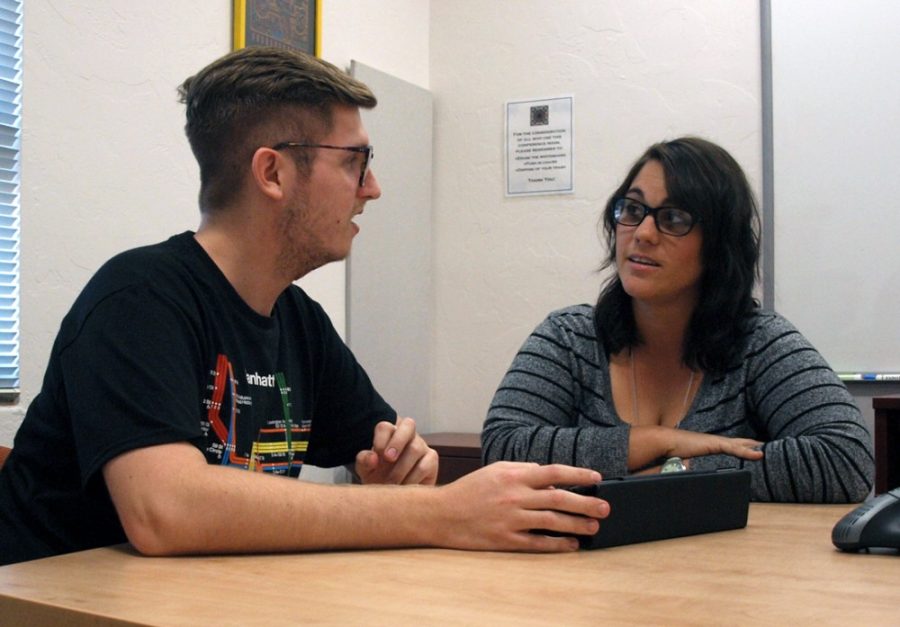The Student Services Fee Advisory Board will start reviewing funding proposals for the 2016 school year this week to decide how best to spend the money gained from the Student Services Fee.
Every semester, a fee of $40 is charged to every undergraduate and graduate student. SSFAB is in charge of allocating all of the funds collected to different programs and services.
SSFAB is comprised of four graduate and seven undergraduate students, all of whom have applied for the position.
“Student Services Fee funds are available to all departments and units within the Student Affairs and Enrollment Management division,” according to the SSFAB website. “The purpose of the fee is to enhance student experience at the University of Arizona.”
The website also says the board allocates approximately $3 million each year.
“Our goal is to take the money that comes in from each student and then determine what we think is appropriate to invest in based on how many students it will reach, what kind of programs and services it’s helping to offer, and the benefit for students,” said Devon Moule, a SSFAB member. “The Student Services Fee just goes back to the students programs and services.”
Nick Havey, the chair of SSFAB, said he wants to inform students about where their money is being spent in order to ease frustrations.
“People assume that the Student Services Fee is the whole almost $500 worth of mandatory fees they pay at the beginning of semester, as opposed to that also being wrapped up with [University Information Technology Services], Campus Health [Service] and [Campus Recreation],” Moule said. “There needs to be a lot more transparency on what exactly that fee looks like and where it’s coming from and what it’s being used for.”
The applications for project proposals open in early December and are then closed at the start of spring semester. This year, there are about 22 proposals.
Havey explained that the board meets almost every Friday to discuss and review the proposals.
“Our goal as board members is to evaluate proposals that will affect the most students in the broadest capacity and strongest capacity,” Havey said.
Representatives of the proposals are invited to meetings to pitch their proposal and explain why it’s beneficial to students. Most meetings are closed to the public, but there are open meetings where the public is welcome to attend.
In April, there is a final vote by SSFAB. The board then submits its recommendation to Melissa Vito, the senior vice president for Student Affairs and Enrollment Management, who has the power to ignore the recommendation or make slight changes.
The funding from the fee pays for services like Think Tank and SafeRide.
Havey explained that many complaints arise from students, such as graduate students who have no need for SafeRide.
“You’re helping other students have a better college experience, and you’re funding programs helpful for everyone, but if you’re not using something, it’s not a waste of your money,” Havey said.
There are many different programs and services that the fee money is allocated to help a variety of students.
“There are definitely programs or services that only benefit a specific population of the university,” Moule said. “While, yes, each student has to pay into the student services fee, they can kind of look at it as they’re paying into services that they could utilize if they so chose to. At least one of the programs or services will apply to each student.”
The board tries to take many different factors into consideration each year to decide on what is best for students. For example, every year a link is sent out to every student with a survey asking them where they want their fee to go. Havey said that only about 8,000 — roughly a quarter of the school’s population — students replied to this year’s survey. The board takes this data into consideration when determining what students want. Havey recommended students who have questions or concerns about the Student Services Fee to go to an open board meeting, email the board, fill out the survey or even apply to be a board member.
“Our purpose is to serve the students and represent what students have told us are their priorities,“ Havey said.
— Editor’s note: Nick Havey is a Daily Wildcat employee
_______________
Follow Chastity Laskey on Twitter.









